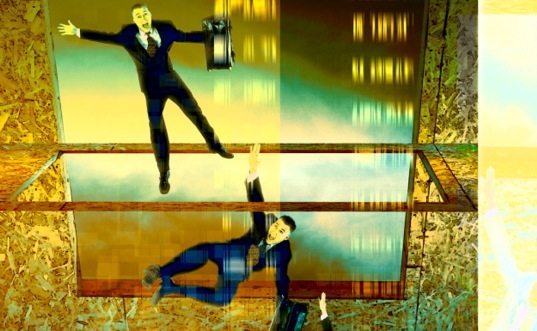New jobless claims continued to soar to record heights in Arizona and the nation, with state filings jumping from the then-record 29,333 claims two weeks ago to 88,592 last week.
They were among the 6.6 million unemployment claims nationwide last week, twice the 3.3 million of a week earlier. While the numbers are staggering, Arizona economists say they probably do not include all the people out of work and may be “just the top half of an iceberg which has still many claims to come.”
“Phone lines are clogged, websites are crashing, so there’s just a huge backup I think of claims yet to be filed,” said Arizona State University economics professor Lee McPheters, who was “startled” by the latest state jobless claims.
“Because of the pent-up unemployment claims that people have not been able to file I think at least through the rest of the month we’re going to see huge numbers,” he said. “I just couldn’t tell you what they look like, but there is a lot more bad economic news to come.”
Experts said it is the inevitable result of non-essential businesses closing their doors and people across the country practicing social distancing to tamp down the spread of COVID-19, which has led to an economy in freefall.
“Anything that involved people getting together in close contact is getting shut down in an effort to control the outbreak,” said George Hammond, an economics expert at the University of Arizona. “That is generating these unprecedented levels of claims for unemployment insurance.”
The Congressional Budget Office, noting that last week’s unemployment claims were about 10 times larger than the worst weeks of the 2007-2009 recession, released a gloomy second-quarter forecast Thursday.
“The unemployment rate is expected to exceed 10 percent during the second quarter, in part reflecting the 3.3 million new unemployment insurance claims reported on March 26 and the 6.6 million new claims reported this morning,” CBO Director Phillip Swagel said in a blog post Thursday. That forecast also predicted a 7% drop in gross domestic product in the second quarter alone.
In the face of those numbers, the federal government is rushing to pump money back into the economy.
The $2 trillion Coronavirus Aid, Relief, and Economic Security, or CARES, Act that President Donald Trump signed last week includes $250 billion to boost unemployment pay nationwide by $600 a week. The Arizona Department of Economic Security said state recipients could start seeing that benefit as early as next week.
The bill also includes billions in aid to small businesses and industries and funding to send a $1,200 payment directly to most taxpayers.
One part of the CARES Act, the Paycheck Protection Program, takes effect Friday. The program, administered by the Small Business Administration, will make loans to struggling small businesses so they can keep workers on the payroll.
In a webinar Thursday by the Greater Phoenix Chamber, Sen. Martha McSally, R-Arizona, said the program will allow businesses to “hibernate,” and give overwhelmed unemployment agencies like DES a break.
“The way we designed this program, it is our desire that employees will be put back on the payroll,” McSally said. “We can’t process the unemployment claims, in the state level, it’s just going to take forever with the number that are out there”
DES, which handles about 3,500 unemployment claims in a typical week, said Thursday that it has already boosted its call center workforce from 13 to 100. An agency spokesman said in an email that there will be another “22 new staff joining the team next week, so we can process claims and ensure Arizonans in need receive the benefits to which they are entitled.”
McPheters said overwhelmed unemployment services departments like DES mean the problem is likely worse than anyone realizes – even though claims in Arizona have “essentially tripled in the most recent release that we have.”
But McPheters said the state is better positioned to climb out of the coming economic troubles than it was in the past – whenever that turnaround comes.
“Going into this downturn, compared to years past we are much more diverse now than we have been over past decades,” McPheters said.
“This is all kind of based on the idea – is it a hope, is it scientifically viable – that all of this begins to reverse after June. That the virus infection curve starts turning down in June and things get back to normal,” he said.




